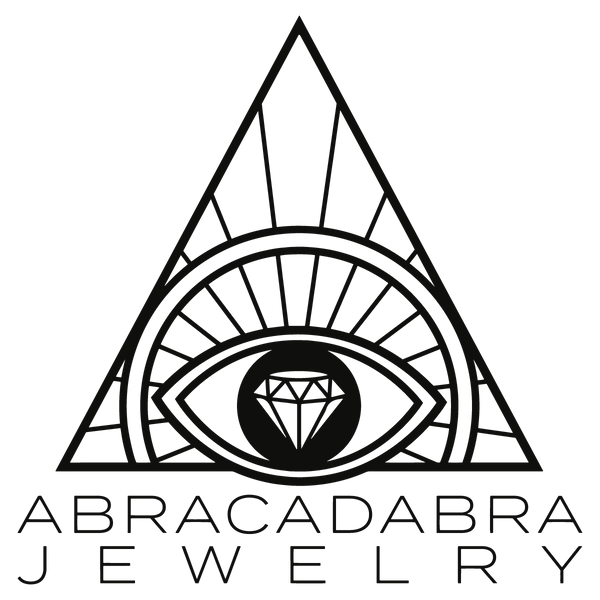Again, as in the previous installment of this two-part series, we start with the question: what is the best kind of gemstone for jewelry? Of course, there’s still no one answer, and there are still a lot of different things to consider. Luckily, there’s little we love more than talkin’ gemstones!
With that in mind, let’s pick up where we left off last time. Below, you’ll find a list of gemstones most commonly used in fine jewelry in alphabetical order, with details on what makes them more or less ideal for different applications. Some of these gemstones are perfect for engagement and wedding rings, but even more of them are great for necklaces, earrings, and the like.
Need us to hit on something we missed here? Let us know, and we’ll be happy to chat!













